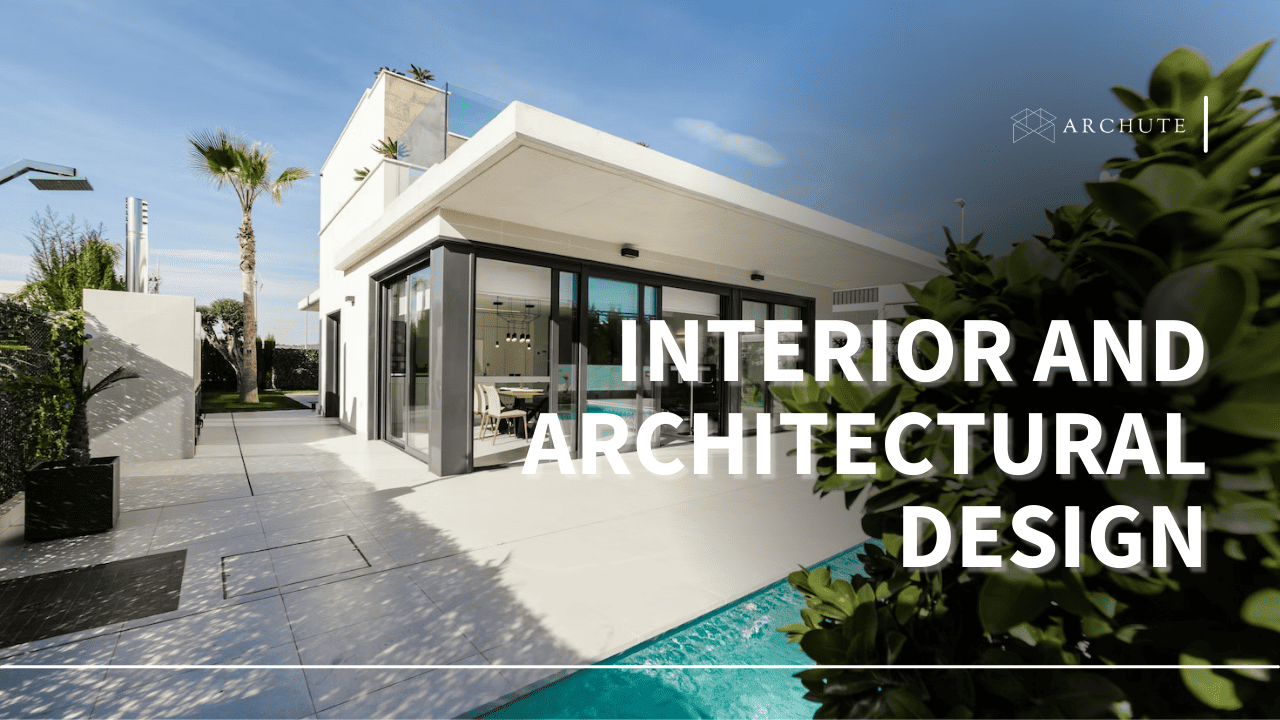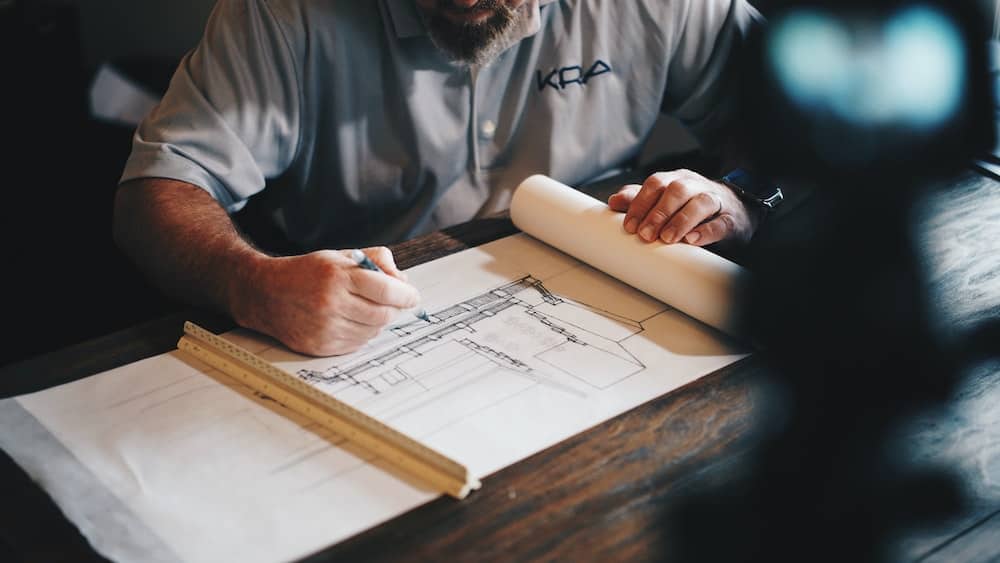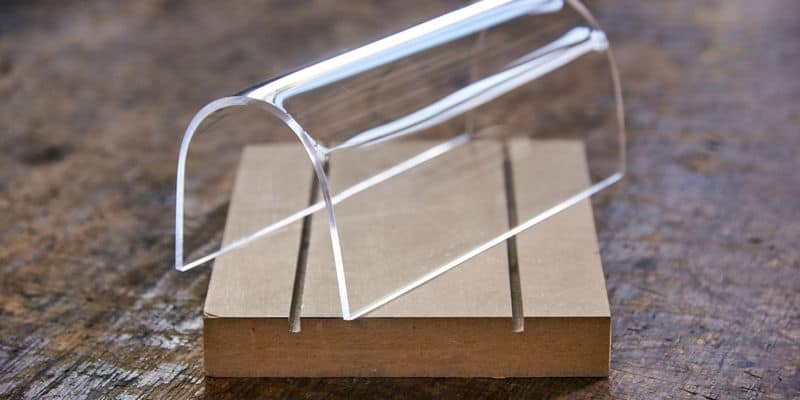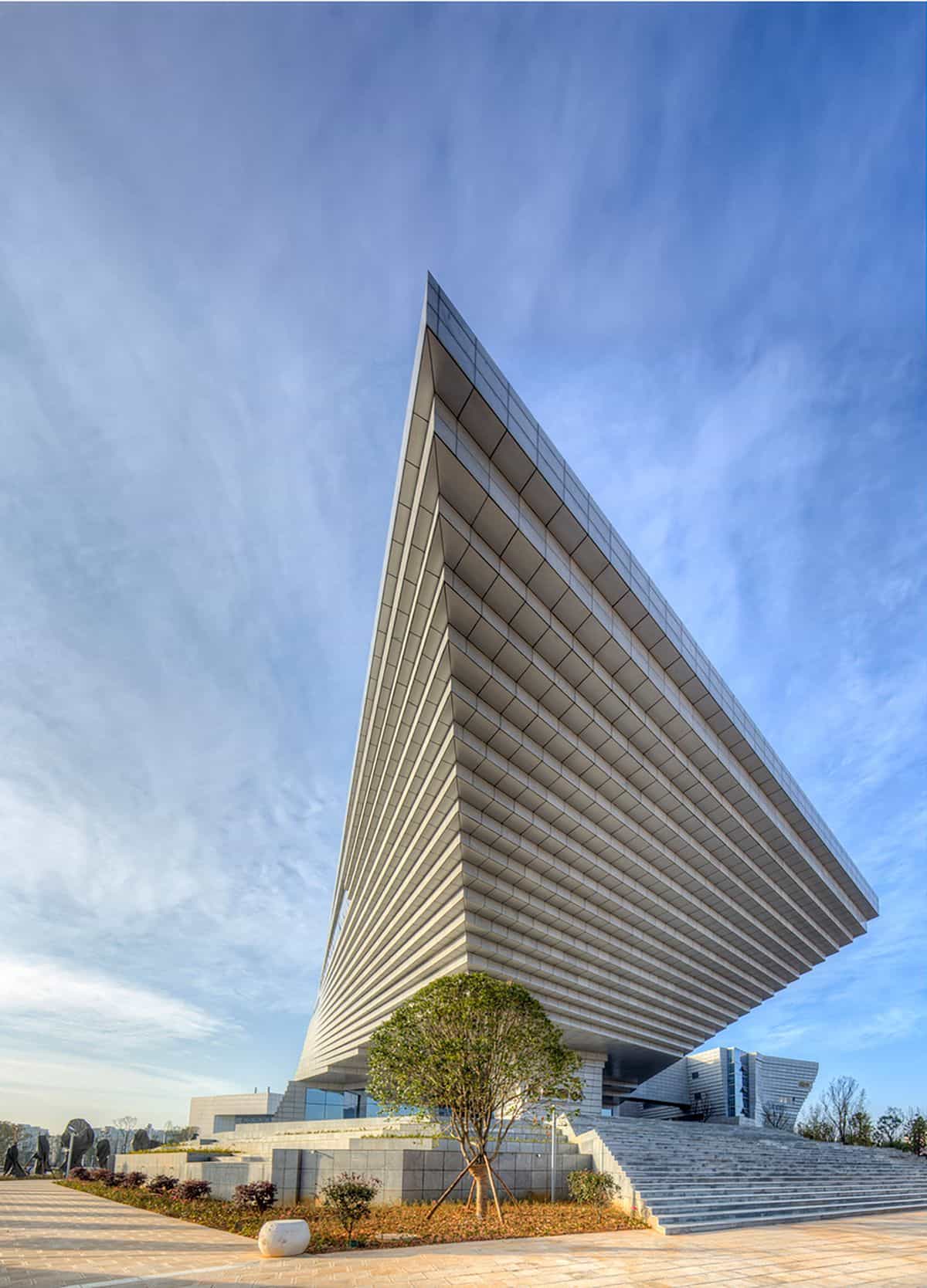The realms of interior and architectural design are akin to two sides of the same coin; they mirror and augment each other to generate a balanced and harmonious environment. Recognizing this interplay can assist homeowners and designers in developing interior areas that are not just visually appealing, but also sync well with the architectural essence of the property.
Let's delve into how interior design can mirror and enhance various architectural styles.
How Interior Design Reflects Architectural Style
1. Traditional Architecture and Classic Interior Design
Traditional architectural styles, such as Victorian, Colonial, or Georgian, are characterized by their attention to detail, symmetry, and adherence to classical rules of proportion. Interiors that mirror these styles include ornate moldings, rich wood tones, and classical motifs.

Image Source: brabbu.com
The interior design could feature antique furniture, richly textured fabrics, and a warm and muted color palette to reflect a traditional architectural style. Refined materials like marble, polished wood, and brass accents can also complement traditional architecture.
2. Modern Architecture and Contemporary Interior Design
The modern architectural style is about simplicity, functionality, and clean lines. Think flat roofs, open floor plans, and an internal glass door that lets in plenty of natural light. To match this, contemporary interior design often embraces minimalism, neutral color schemes, and clean, geometric shapes.

Image Source: decorilla.com
Materials like glass, steel, and concrete are common in modern architecture and contemporary interior design. Furniture is often chosen for its functional design rather than its ornamental appeal. The focus is on creating a sense of flow and continuity between the indoor and outdoor spaces.
3. Rustic Architecture and Country Interior Design
The rustic architectural style is characterized by its hearty connection to nature, with features like rugged wooden beams, rough-hewn stone walls, and large, welcoming fireplaces. The accompanying interior design is often cozy, comforting, and inviting, with a strong emphasis on organic materials and natural textures.

Image Source: cgifurniture.com
Country interior design might incorporate vintage or even heirloom furniture pieces, natural fabrics like homespun cotton, textured wool, or even leather, and a warm, earthy color palette inspired by nature's hues. The use of reclaimed wood furniture not only adheres to the rustic aesthetic but also adds an element of sustainability.
Decorative elements often have a nostalgic, folk-art vibe, including antique items, handcrafted decorations, and rural-inspired artwork. Further enhancing the ambiance, traditional country-style kitchens often become the heart of the home, fostering a sense of gathering and communal cooking. A characteristic of this design is the presence of large, sturdy internal doors, often crafted from oak or pine, creating a sense of warmth and robust homeliness.
4. Industrial Architecture and Loft-Style Interior Design
The industrial, architectural style is marked by exposed brick walls, high ceilings, open floor plans, and visible structural elements. In turn, loft-style or industrial interior design often blends raw and sleek materials.

Image Source: architecturaldigest.in
To reflect the architectural style, you might find elements like metal light fixtures, salvaged wood furniture, and leather accents in the interior design. The color palette typically leans towards neutrals, allowing the raw materials and structural elements to take center stage.
The relationship between architectural style and interior design is a key consideration when designing functional and visually pleasing spaces. Understanding this connection helps to create a seamless aesthetic experience that celebrates the unique character of a building, transforming a house into a home.
5. Transitional Architecture and Eclectic Interior Design
Transitional architecture usually bridges the gap between traditional and contemporary designs, often combining both aspects. This fluidity finds a counterpart in eclectic interior design, which embraces a blend of design styles, textures, and periods.

Image Source: designcafe.com
The harmonic combination of transitional architecture can inspire eclectic interiors with a tasteful blend of the old and new. This approach emphasizes the beauty of contrast and produces an atmosphere that represents the occupants' unique tastes and personalities by combining different interior design materials, patterns, and color schemes.
6. Mediterranean Architecture and Tuscan Interior Design
Mediterranean architectural designs showcase red-tiled roofs, stucco exteriors, and arched doorways. Nations like Italy and Spain influenced them. Tuscan interior design usually emphasizes natural textures, warm earthy tones, and a rustic, welcoming atmosphere to complement these features.

Image Source: theartofarchitecture.com
Tuscan interiors often use wood beams, terracotta tiles, and wrought iron accents to reference the region's architectural heritage. Plush fabrics, such as heavy drapes and tapestries, add a touch of luxury. At the same time, accessories inspired by the Mediterranean region complete the immersive experience.
7. Art Deco Architecture and Glamorous Interior Design
In the 1920s and 1930s, Art Deco was a popular style of building. It has geometric patterns, clean lines, and a sense of luxury. In the same way, stylish interior design draws on these elements to create spaces that look rich and visually striking.

Image Source: architecturaldigest.com
Glamorous interiors take inspiration from the elegance of Art Deco architecture through high-gloss finishes, bold color contrasts, and statement furnishings. Metallic accents, mirrored surfaces, and plush materials usually evoke a sense of luxury from the Jazz Age.
8. Asian Architecture and Zen Interior Design
Asian architectural designs, such as Chinese or Japanese, often prioritize balance, simplicity, and a connection with nature. Zen interior design aligns with these principles and helps create a calm and harmonious environment.

Image Source: designcafe.com
Zen interior designs usually emphasize minimalism, natural materials such as bamboo and stone, and a subdued color palette. Besides, pieces of furniture are low-profile and unobtrusive, creating a calm feeling. Water features, indoor plants, and thoroughly curated decor create an interior ambiance that encourages mindfulness and relaxation.
9. Historic Revival Architecture and Reproduction Interior Design
Historic revival architectural designs, such as Gothic Revival or Neoclassical, draw inspiration from past eras and reinterpret them for modern times. Reproduction interior design follows suit, recreating historical aesthetics with attention to detail.

Image Source: architecturaldigest.com
Furthermore, reproduction interiors involve textiles, period-appropriate furniture, and decorative aspects that evoke a certain historical era. The designs pay homage to architectural heritage while adapting to contemporary needs and sensibilities.
10. Minimalist Architecture and Scandinavian Interior Design
Minimalist architecture is characterized by its emphasis on simplicity, clean lines, and a "less is more" approach. On the other hand, Scandinavian interior design is based on the same principles, prioritizing functionality and natural light to create interior environments that feel open and uncluttered.

Image Source: home-designing.com
Scandinavian interiors often feature natural materials like light woods, neutral color palettes, and a focus on creating comfortable atmospheres through lighting and textiles. When combined with minimalist design, this complement creates serene, unadorned environments that draw attention to the beauty of essential aspects.
11. Biophilic Architecture and Nature-Inspired Interior Design
Biophilic design incorporates natural elements and patterns into the built environment to foster a sense of harmony and improve well-being. Nature-inspired interior design builds on this connection, bringing the outdoors inside.

Image Source: homestratosphere.com
Natural-inspired interiors integrate organic materials, textures, and colors to provide settings that promote a sense of calm and tranquility. Using indoor plants, natural lighting, and water elements deepens the connection with nature, contributing to aesthetics and the occupants' health.
12. High-Rise Architecture and Vertical Living Interior Design
High-rise architecture addresses urbanization by maximizing vertical space. On the other hand, vertical living interior design addresses the unique challenges and opportunities of high-rise living, maximizing space effectiveness and functionality.

Image Source: architecturecompetitions.com
Vertical living interiors often integrate smart storage solutions, multifunctional furniture, and innovative layouts. Maximizing natural light and views becomes important, and the design aims to create a cozy and stylish environment within the constraints of vertical living.
Why is Interior Design Important in Architecture?
1. Create Aesthetic Appeal
The aesthetic appeal of a structure significantly increases its overall success. Interior design can make a space more appealing, create a unique identity that presents the building's style and purpose, and evoke emotion.

Image Source: architecturecompetitions.com
The use of complementary colors, textures, materials, and lighting can improve the architecture of the building and promote harmony and balance. Also, a well-designed interior space can create an inviting ambiance and leave a lasting impression on those who use it.
2. Design a Unique Brand Identity
Another reason is that interior design can create a unique brand identity for a structural building. The interior architecture and interior design can reflect the building's style and purpose using materials, colors, and lighting. A well-designed interior space can create a unique sense of identity that reflects the culture and value of the business.
These can also create consistency, a sense of cohesiveness, communication of products and services, and customer recognition. Interior design plays an important role in architecture, affecting the aesthetic appeal, functionality, comfort, sustainability, identity, and well-being of a building.
3. Optimize Functionality
The functionality of a building's interior is among the most crucial elements to consider when interior designing. The interior design should optimize the available space, whether an existing structure is intended for commercial, residential, or public use.
The space layout should be practical and efficient, allowing for accessibility and ease of movement. Besides, the design should consider the client's needs, such as storage requirements, accessibility for people with disabilities, the number of rooms, various equipment, and spaces for specific functions.
4. Contribute to Sustainability
Sustainability is becoming an important topic in interior and architectural design. Nowadays, trends in construction also give vital conversation to building responsible, green, sustainable, and environment-friendly designs.

Image Source: architecturaldigest.com
Interior design can hugely contribute to the sustainability of a building by using environmentally friendly building materials, heating and cooling systems, and energy-efficient lighting.
Furthermore, the design can promote sustainable lifestyles and habits by providing spaces for water conservation, reducing pollutants, energy savings, recycling, and composting, which enhance the health and well-being of the occupants.
5. Promote Comfort and Well-Being
Interior design is important to the well-being and comfort of a building's occupants. A well-designed interior should be comfortable and promote relaxation, well-being, and productivity.
Factors such as temperature control, acoustics, ergonomics, and lighting should be considered during the design process; these are all important when evaluating the easement the space offers its occupants. Additionally, the design should be inclusive and accessible, accommodating everyone.
Frequently Asked Questions on Interior and Architectural Design
1. What are interior design and architecture?
Interior architecture focuses more on structural design, emphasizing remodeling and adaptive reuse of existing structures. Architects are usually responsible for designing, conceptualizing, and overseeing the construction process, bringing their ideas to life. Their work ranges from designing residential buildings to shaping whole urban landscapes.
Conversely, interior design focuses on finishes, furniture, and color schemes to create interior atmospheres. Interior designers deal with various spaces, such as private residential homes, commercial buildings, business structures, hotels, restaurants, etc.
2. What is the difference between interior and architectural design?
Based on the primary requirements that they focus on, interior architects usually focus on technical aspects such as a building's shape, orientation, materials, etc. However, an interior designer focuses more on human needs, wants space, functionality, and aesthetics.
3. Can you combine architecture and interior design?
Certainly, interior architects often integrate interior design and architecture to create cohesive and functional spaces. In most projects, the roles of commercial interior designers and architects may overlap, particularly in smaller organizations or with designers who have a solid foundation in both fields. They aim to create practical, stylish spaces that meet their clients' operational and aesthetic needs, using color and light.
4. Should I choose architecture or interior design?
Choosing between architecture and interior design depends on your skills, interests, and career goals. Both sectors have unique opportunities and challenges, so it is crucial to consider the aspects that resonate most with you.
Architecture might be a better fit if you are more interested in the general design and planning of buildings. On the other hand, if you are more interested in designing and embellishing living spaces, interior design may be the better option. Both sectors require a thorough understanding of design concepts and an eye for aesthetics.













